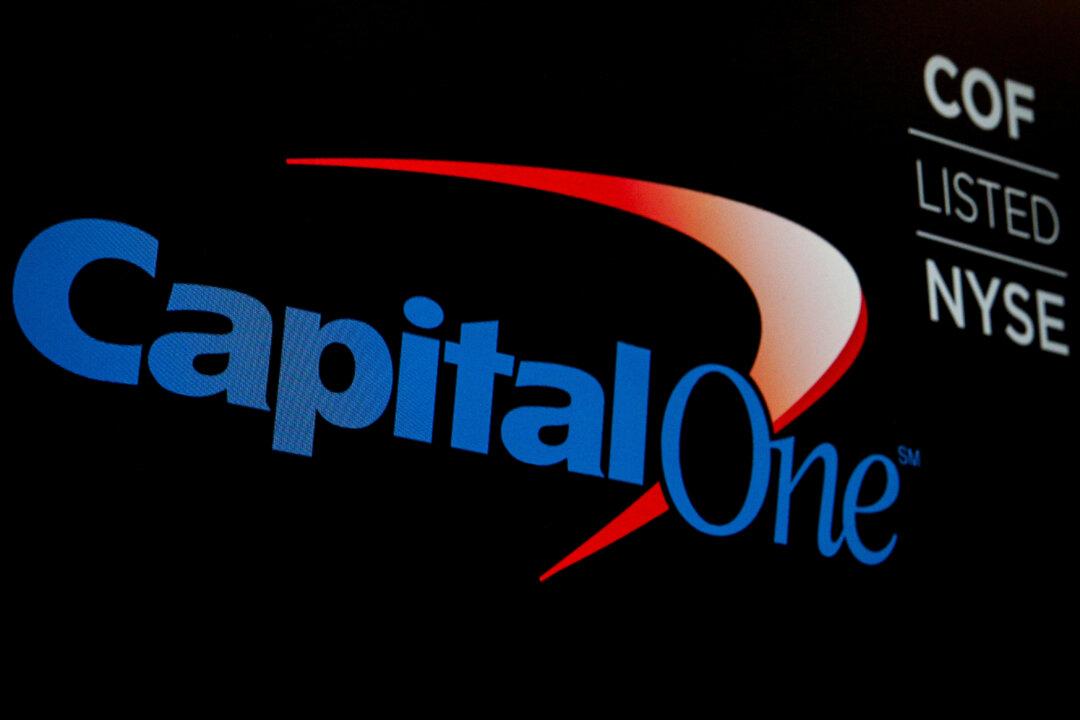Analysts at JP Morgan have predicted an 85 percent chance that the United States will enter a period of recession based on the decline in the S&P 500.
The 12-month inflation for May came in at 8.6 percent—the fastest increase since December 1981. Food prices rose by 10.1 percent while energy prices soared 34.6 percent. In response to rising inflation, the Fed raised its benchmark interest rate by 75 basis points on Wednesday. This is the highest increase since 1994.
Federal Reserve Chair Jerome Powell has also pledged to do whatever it takes to bring rising prices under control. As the Fed raises interest rates, the cost of borrowing for individuals keeps rising. This eventually forces consumers to cut down spending, thus slowing down the economy and potentially heralding a recession.
The Fed itself has admitted that there would be some damage to the economy due to the rising interest rates. The agency downgraded U.S. GDP growth for 2022 to 1.7 percent, down from the 2.8 percent it had predicted in March. Employment is expected to average 3.7 percent for the year.
In addition to JP Morgan, several other investment banks also see a chance of recession. Wells Fargo is expecting the rise in interest rates to trigger a “mild recession” by the middle of 2023.
According to data from Bespoke Investment Group, bear markets accompanied by a recession tend to be steeper, lasting for a longer time. The median decline in the market under such conditions is about 35 percent.





